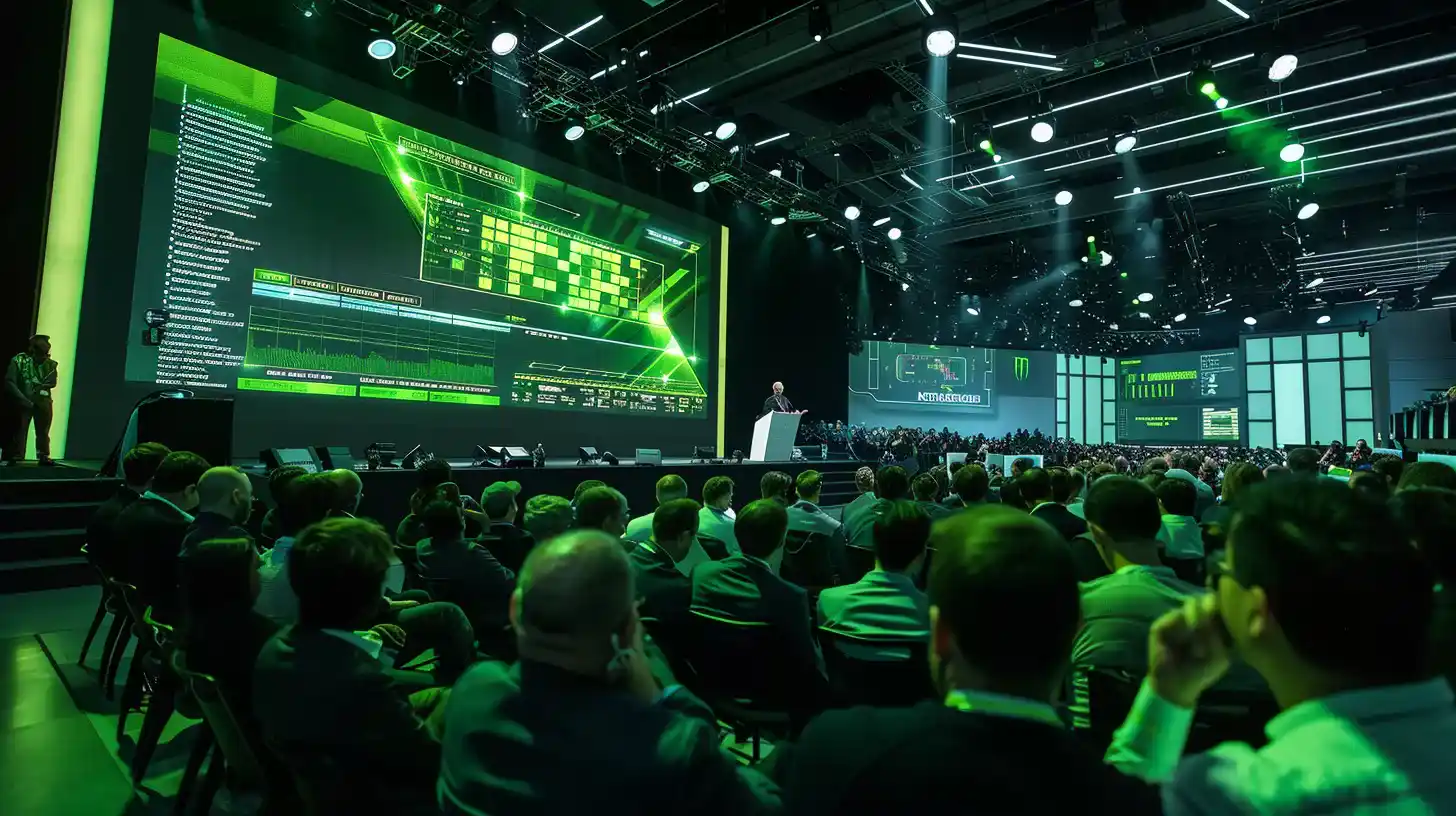Table of Contents
In a recent declaration, Nvidia’s CEO Jensen Huang made a bold statement that has stirred the competitive landscape of the AI industry. According to Huang, the superiority of Nvidia’s GPUs is such that “even when the competitor’s chips are free, it’s not cheap enough.
” This remark underscores the perceived value and performance Nvidia believes its GPUs bring to the table, particularly in the realm of artificial intelligence (AI), where the company has achieved remarkable success.
Nvidia’s GPUs: Pioneering the AI Boom
Nvidia has emerged as a titan in powering the AI boom, a fact reflected in its recent status as the world’s third most valuable company. This acclaim is largely due to its AI-accelerating GPUs, which have become pivotal in the advancement and application of AI technologies across various sectors.

However, Huang’s dismissal of competitors, including major players like AMD, Intel, and various ASICs and custom AI silicon providers, has sparked controversy and debate within the tech community.
The Economics of AI Data Centers
During an interview with John Shoven, former Trione Director of SIEPR and Charles R. Schwab Professor Emeritus of Economics at Stanford University, Huang addressed the potential threat of “good enough” competitors offering cheaper alternatives to Nvidia’s state-of-the-art chips.
Huang’s response highlighted Nvidia’s extensive competition landscape, even noting that some of Nvidia’s own customers are competitors in certain contexts. Despite this, Nvidia maintains a policy of openness, assisting customers in designing alternative AI processors by sharing upcoming chip roadmaps.
This approach might seem unconventional to some, especially in light of recent accusations against Nvidia for operating a GPU cartel. Allegations have been made that Nvidia’s dominance and the fear of order delays have deterred customers from engaging with rival GPU and AI accelerator makers. Moreover, an industry consortium has been formed aiming to challenge Nvidia’s dominant CUDA programming model.
Unassailable Value Proposition of Nvidia’s GPUs
Huang went on to outline the unique selling points of Nvidia’s GPUs. Unlike chips designed for specific algorithms, Nvidia’s GPUs are programmable and have become a standard across cloud computing companies. This versatility makes Nvidia’s hardware highly attractive to data centers supporting a diverse range of services, from financial to manufacturing.
Huang emphasized that while chip prices are a concern for buyers and sellers, data center operators focus on operational costs.

Nvidia argues that its GPUs offer such significant advantages in terms of deployment speed, performance, utilization, and flexibility that they remain cost-effective even when competitors offer their chips for free. This assertion points to a Total Cost of Ownership (TCO) that is unmatched in the industry, according to Huang.
Nvidia’s Commitment to Innovation
Concluding his remarks, Huang underscored Nvidia’s dedication to maintaining its lead through hard work and innovation, without relying on luck or taking success for granted. This commitment to excellence is a testament to Nvidia’s strategy and its belief in the unparalleled value of its GPUs in the AI space.
Despite Nvidia’s confident stance, competitors and industry observers may have differing opinions. The challenge for Nvidia’s rivals is to counter Huang’s claims with viable alternatives that can match or exceed the value proposition offered by Nvidia’s GPUs. As the AI industry continues to evolve, the competition is expected to intensify, with Nvidia standing as the dominant force to be reckoned with.
In summary, Nvidia’s GPUs have not only catalyzed the AI revolution but have also set a high benchmark in terms of performance, flexibility, and cost-efficiency. With CEO Jensen Huang’s bold claims, Nvidia positions itself as an unassailable leader in the AI hardware market. The onus now lies on competitors to challenge this dominance, a task that will require significant innovation and strategic maneuvering in the fast-paced world of AI technology.